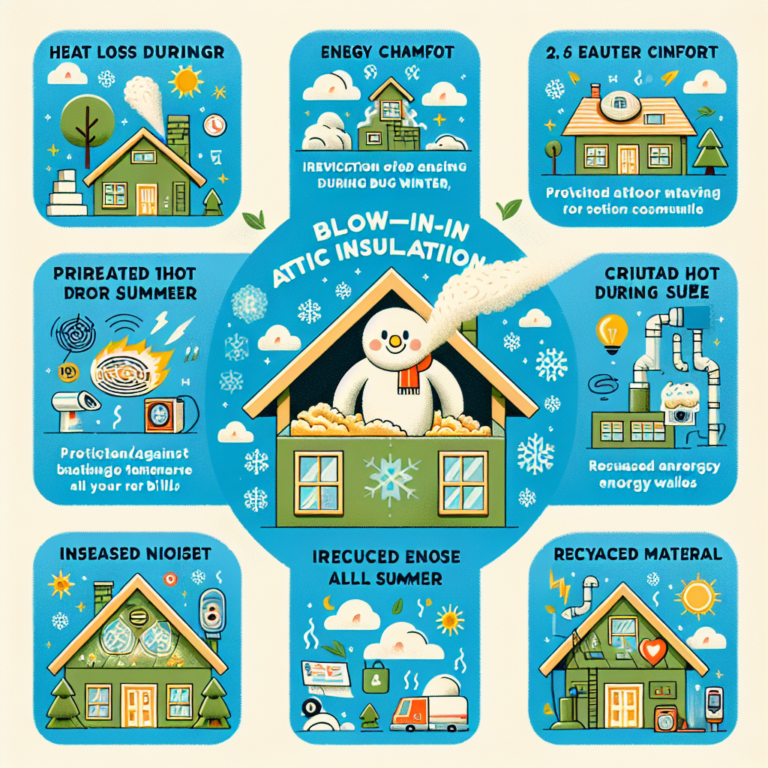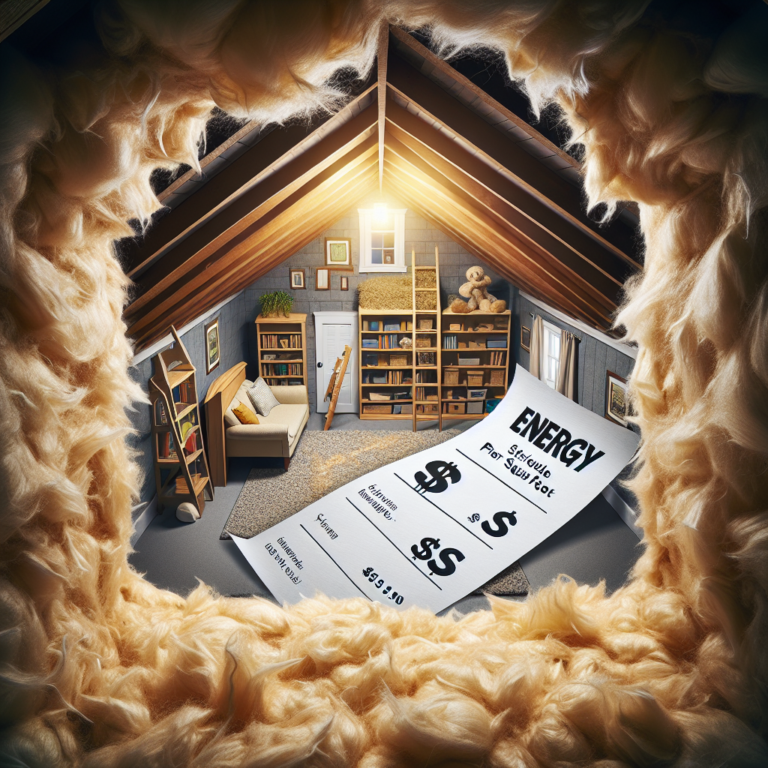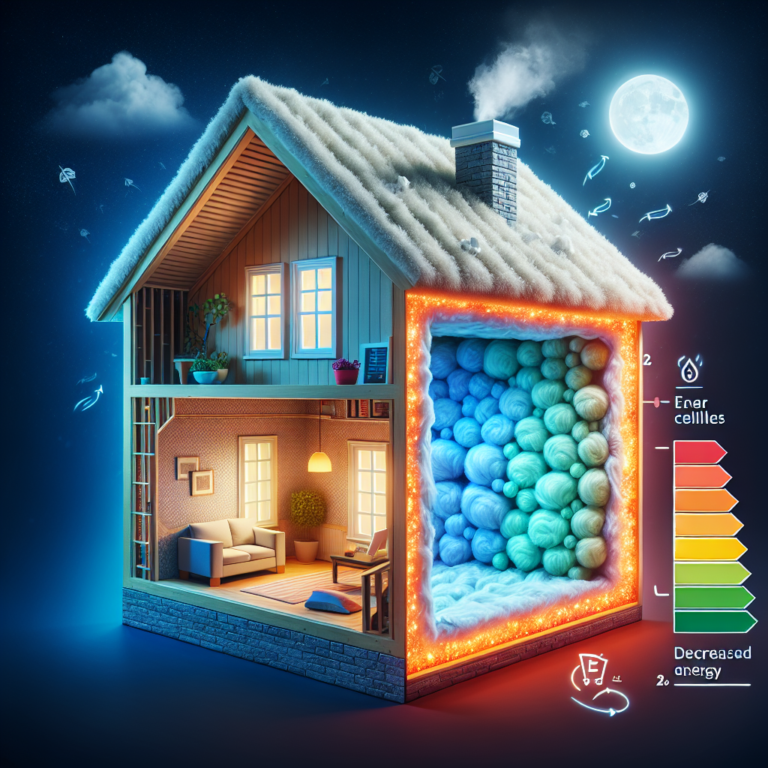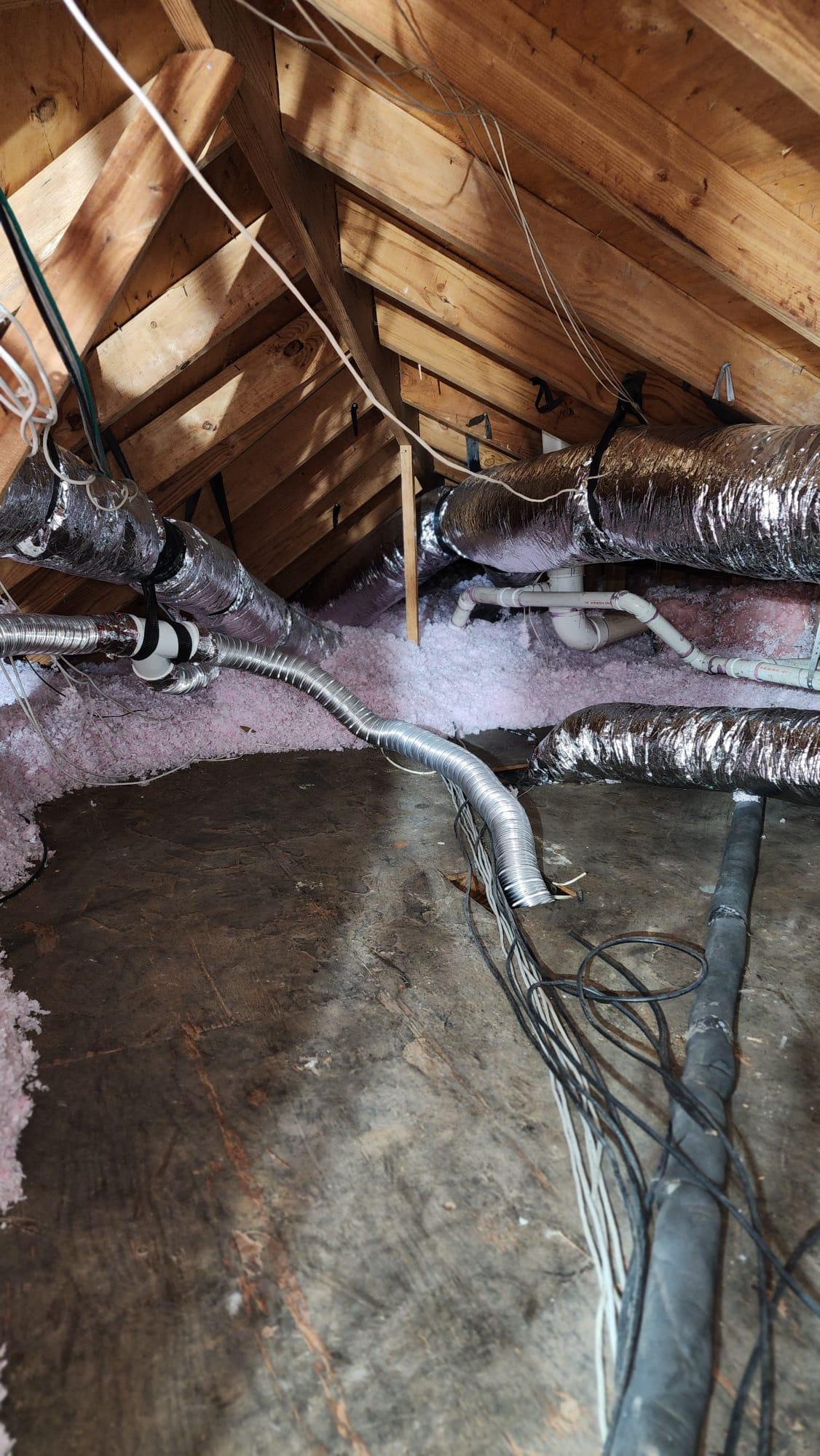Transform Your Home Efficiency: DIY Blowing in Insulation for Better Insulation Results
Introduction
DIY blowing in insulation has become a go-to solution for homeowners eager to cut energy bills and boost comfort. By using a blower machine to fill attics, walls, and hard-to-reach nooks with loose fiberglass or cellulose, you can seal drafts, stabilize indoor temperatures, and save hundreds on heating and cooling. In this guide, we’ll walk you through everything you need to know—common pitfalls to avoid, must-have tools, calculation tips, and a quick Q&A—to ensure your DIY blowing in insulation project delivers maximum efficiency and lasting results.
H2: Common Mistakes to Avoid When DIY Blowing in Insulation
1. Skipping Surface Preparation
• Failing to remove old insulation, dust, and debris leads to uneven coverage.
• Always clear and clean the work area so new insulation can bond tightly to joists and studs.
2. Choosing the Wrong Insulation Type
• Fiberglass works well in attics but can settle over time; cellulose clings to walls and fills gaps more densely.
• Match the insulation material to your project location: walls, attic floors, or crawl spaces.
3. Neglecting Protective Gear
• Insulation fibers irritate skin, eyes, and lungs.
• Wear goggles, gloves, long sleeves, and an N95 mask or respirator throughout the job.
4. Incorrect Density and Coverage
• Overfilling compresses material and lowers its R-value; underfilling leaves gaps for heat loss.
• Follow manufacturer guidelines for depth and coverage. Use a ruler or insulation gauge to verify consistent thickness.
5. Failing to Seal Air Leaks First
• Blown-in insulation cannot stop drafts if cracks, gaps, and holes remain unsealed.
• Caulk, spray foam, or weatherstripping should precede any insulation work to lock in energy savings.
H2: Essential Tools and Materials for DIY Blowing in Insulation
• Blower Machine Rental or Purchase
– Choose a unit rated for fiberglass or cellulose, depending on your insulation type.
– Ensure the machine’s hopper and hose fit through attic hatches or wall openings.
• Insulation Material
– Fiberglass: moisture-resistant, noncombustible, and lighter.
– Cellulose: eco-friendly, fire-retardant, and excels at filling irregular cavities.
– Order 10–15% extra material to account for settling and coverage adjustments.
• Protective Gear
– N95 respirator or P100 mask, safety goggles, work gloves, and long-sleeve clothing.
• Installation Accessories
– Utility knife for trimming, staple gun for securing baffles or netting, measuring tape, and chalk line for marking target depths.
– Plastic sheeting or drop cloths to protect floors and fixtures.
– Caulk gun and spray foam to seal penetrations and frame openings.
H2: Calculating and Installing the Right Amount of Blown-In Insulation
1. Determine Your Target R-Value
• Consult the Department of Energy’s climate zone map to find recommended R-values.
• Typical attic targets range from R-49 to R-60 in colder regions, and R-38 to R-49 in milder climates.
2. Measure the Area
• Sketch your attic, noting length, width, and any obstructions. Multiply length × width to get square footage.
• Factor in sloped ceilings, kneewalls, and areas above dropped ceilings.
3. Convert to Volume
• Divide required inches of insulation by the machine’s coverage rate (bags per square foot).
• Example: To achieve R-49 (16 of cellulose) over 1,000 ft², you’ll need roughly 30 bags at 32 ft³ per bag.
4. Load and Operate the Blower
• Place the machine on stable ground, attach the hose, and feed insulation into the hopper per instructions.
• Begin at the farthest corner, moving in rows toward the attic entry. Keep the hose tip 6–8 inches above the surface to prevent piling.
5. Verify and Tidy Up
• Use an insulation ruler or marked stick to spot-check depths across multiple points.
• Sweep excess material from joists and store leftover bags in a dry location for future use.
H2: Q&A: DIY Blowing in Insulation
Q: How long does it take to insulate an average attic?
A: With two people, most attics (1,000–1,200 ft²) take 3–5 hours from prep to cleanup.
Q: Can I tackle walls and attics with the same blower?
A: Yes—just switch to denser cellulose for walls or ensure fiberglass bags are compatible with your machine.
Q: Do I need a permit to add blown-in insulation?
A: Check local building codes. Many jurisdictions waive permits for insulation upgrades but require air-sealing documentation.
Conclusion
DIY blowing in insulation is an accessible way to slash energy bills, enhance home comfort, and boost property value—so long as you plan carefully, gather the right tools, and follow best practices. By avoiding common mistakes, sealing leaks first, choosing the proper insulation, and calculating your material needs precisely, you’ll enjoy a warmer, cooler, and more efficient home year-round. Ready to transform your home efficiency with DIY blowing in insulation? Gear up, get blowing, and start saving today.












